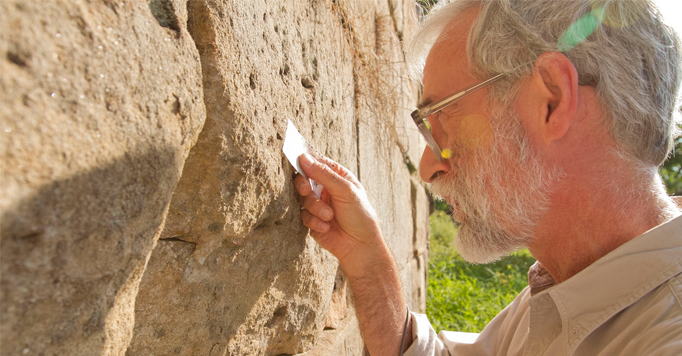
The website of the
Ohio Division of Geological Survey provides an entry into authoritative information on Ohio geology. Many items can be downloaded and even more are available for purchase. Mark Camp’s book
Roadside Geology of Ohio as well as the other books in the
Roadside Geology series are also recommended.
Books on fossils
Fossils of Ohio edited by R. M. Feldmann and Merrianne Hackathorn (2005 reprint; Ohio Division of Geological Survey Bulletin 70) is the best book by far if you want to know more about Ohio fossils.
Fossils, A Guide to Prehistoric Life, by F. H. T. Rhodes, H. S. Zim., and P. R. Shaffer (2202 edition) provides a good, short introduction to the field.
For fossil collecting in Ohio, Doug Shrake’s brochure
Fossil Collecting in Ohio is a good resource.
Recommended geological & paleontological organizations
The
Cleveland Geological Society is a group of people, mostly non-geologists, interested in geology. This society, founded in 1957, is associated with the Museum. It meets on the third Wednesday of the month, September through May. Several field trips examining geological features are held during the year.
The
North Coast Fossil Club is an independent group of amateur enthusiasts. The club has meetings with speakers as well as organized collecting trips.
For professional geologists and students
The
Northern Ohio Geological Society (NOGS) holds a yearly field trip and has monthly meetings during the academic year at various universities, businesses, and other organizations.
The
Great Lakes Section of the Society for Sedimentary Geology typically has a yearly field trip in the Midwest. These trips frequently have a fossil component.
Meetings of the
North-Central Section of the Geological Society of America have sessions related to invertebrate paleontology as well as regional geology. These meetings are always accompanied by a series of professional
field trips.
All those seriously interested in paleontology are encouraged to join the
Paleontological Society which publishes the
Journal of Paleontology.
Interested in becoming a paleontologist?
The advice of our colleagues at the
Paleontological Research Institute is pretty good.
Recommended for teaching about building stone
Guertin, L. A. 2005. An Indoor Shopping Mall Building Stone Investigation with Handheld Technology for Introductory Geoscience Students.
Journal of Geoscience Education, v. 53, p. 253–256.
Hannibal, J. T. 1997. Hands-on Earth Science: Playing Robinson's Wall Game.
Hands On Earth Science, no. 13 (2 p.)
Hannibal, J. T. 2007. Teaching With Tombstones: Geology at the Cemetery, p. 82–88. In N. R. Shaffer and D. A. DeChurch (eds.),
Proceedings of the 40th Forum on the Geology of Industrial Minerals, May 2–7, 2004, Bloomington, Indiana, Indiana Geological Survey Occasional Paper 67.
Hannibal, J. T., and M. T. Schmidt. 1991. Urban rocks: investigating stone used for buildings and monuments, p. 63–67. In R. H. Macdonald and S. G. Stover (eds.),
Hands-on Geology: K-12 Activities and Resources. Tulsa, SEPM (Society for Sedimentary Geology).
Kemp, K. M., 1992, Walking tours of building stones for introductory geology classes. Journal of Geological Education, v. 40, p. 188–193.
Kathleen Kemp, Tucker Barrie, Marcia Charles, Janet Parkin, Denise Payne and Michael Perkins. 1997.
Learning geology from buildings in downtown Toronto.
Also, the Ohio Division of Geological Survey has published guidebooks to the building stones of Cleveland, Akron, Columbus, and Cincinnati, plus a shorter downloadable guides to
Cleveland, Cincinnati and Akron.
Looking for more information on building stone?
The best web resource for general building stone information is Peggy Perazzo’s site
Quarries and Beyond or its
Facebook page.